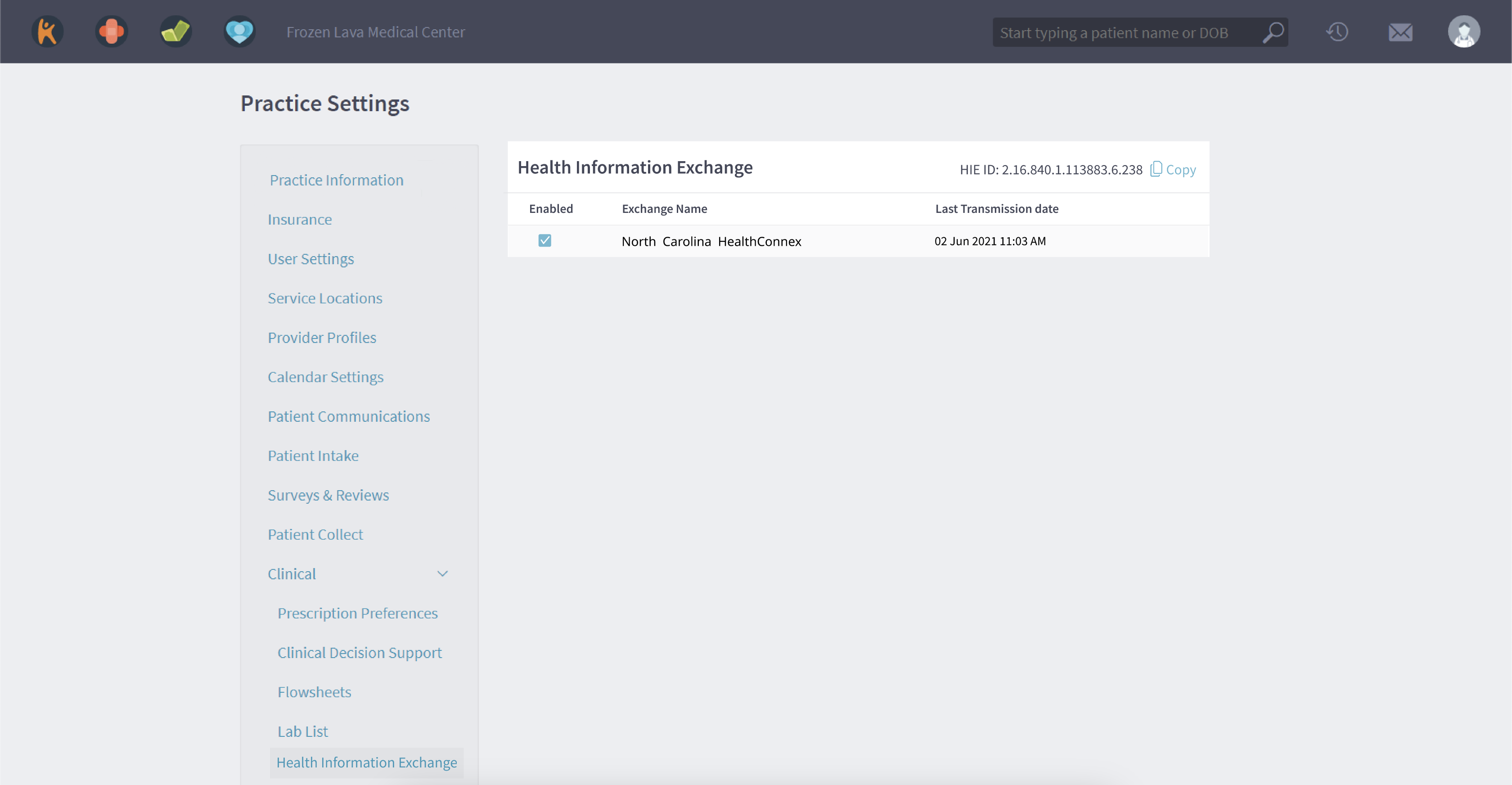Optimized User Experience:
By focusing on user-centricity, a system was sculpted that resonated with the primary personas and simplified their operational demands.
Clarity and Efficiency:
Transparent workflows and clear categorizations, such as the selection of the Clinical category, ensured easy data management and minimal errors.
Anticipative Design:
The layout not only served current needs but was also forward-thinking. Considerations were already made for functionalities like search as the platform scales.




